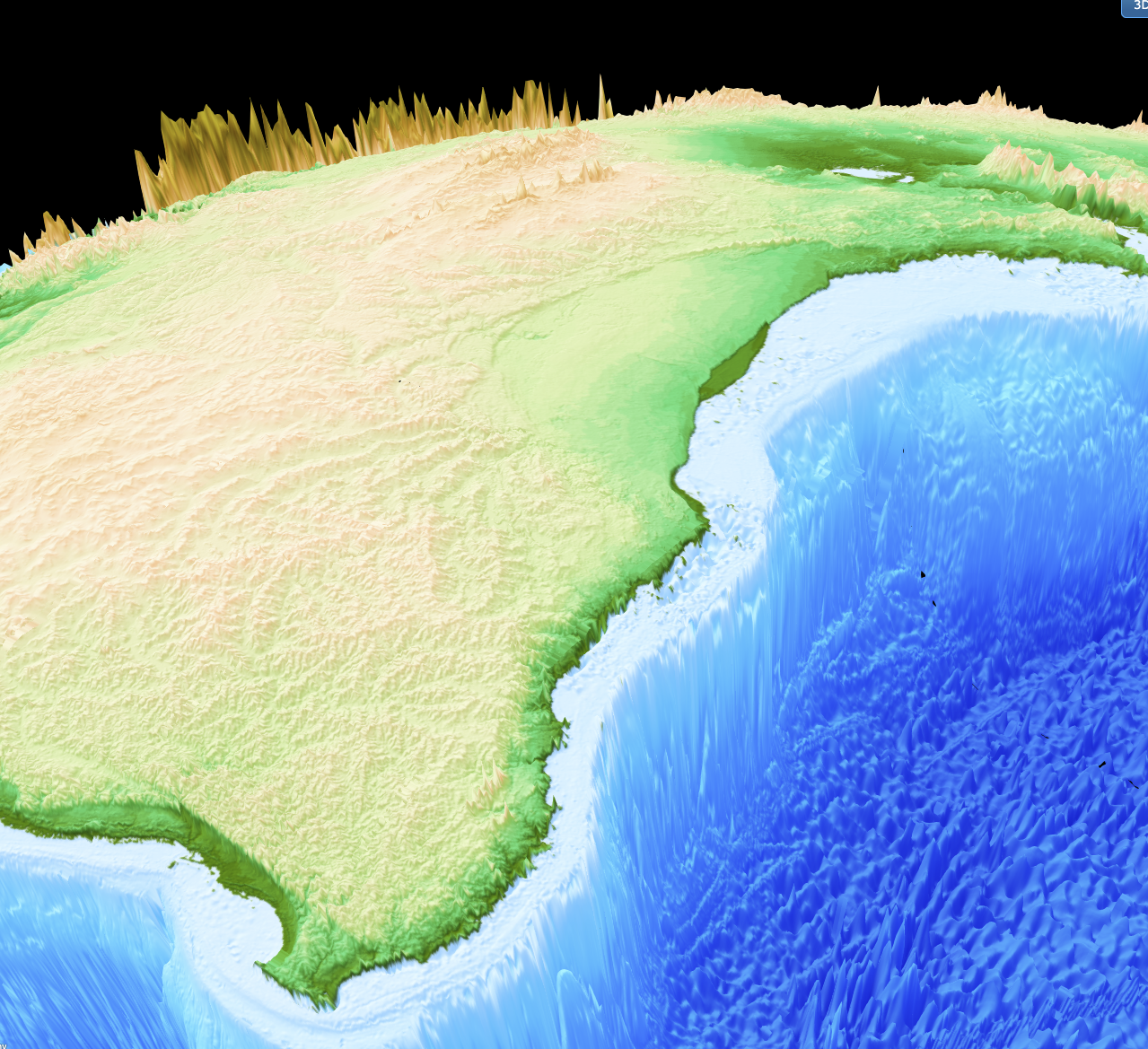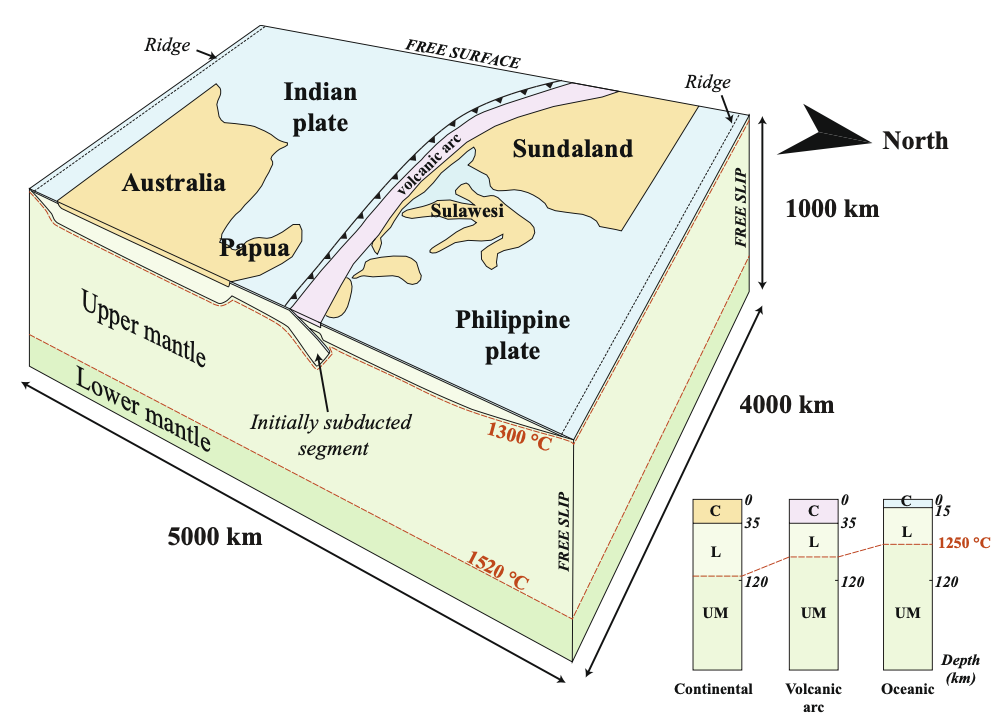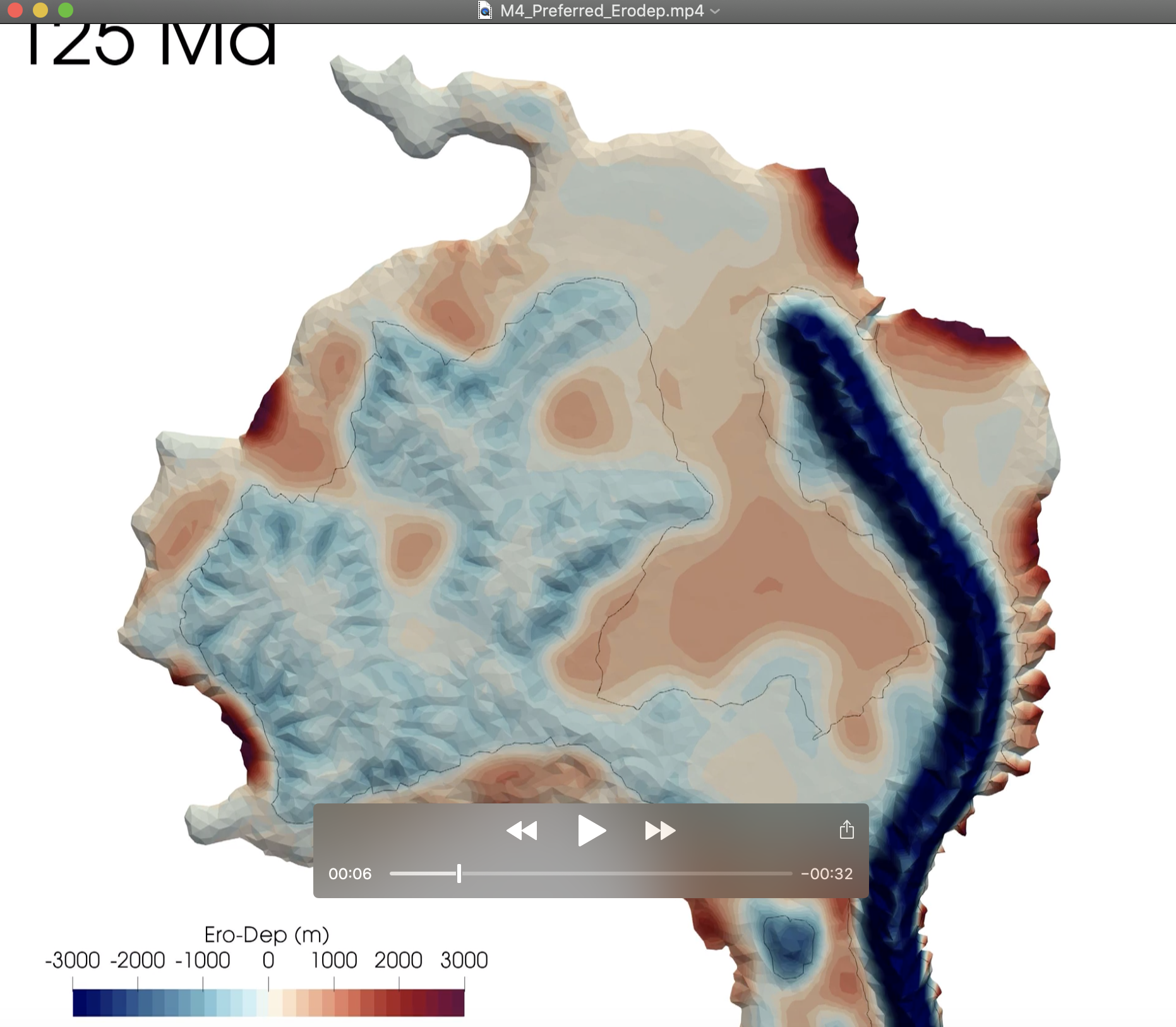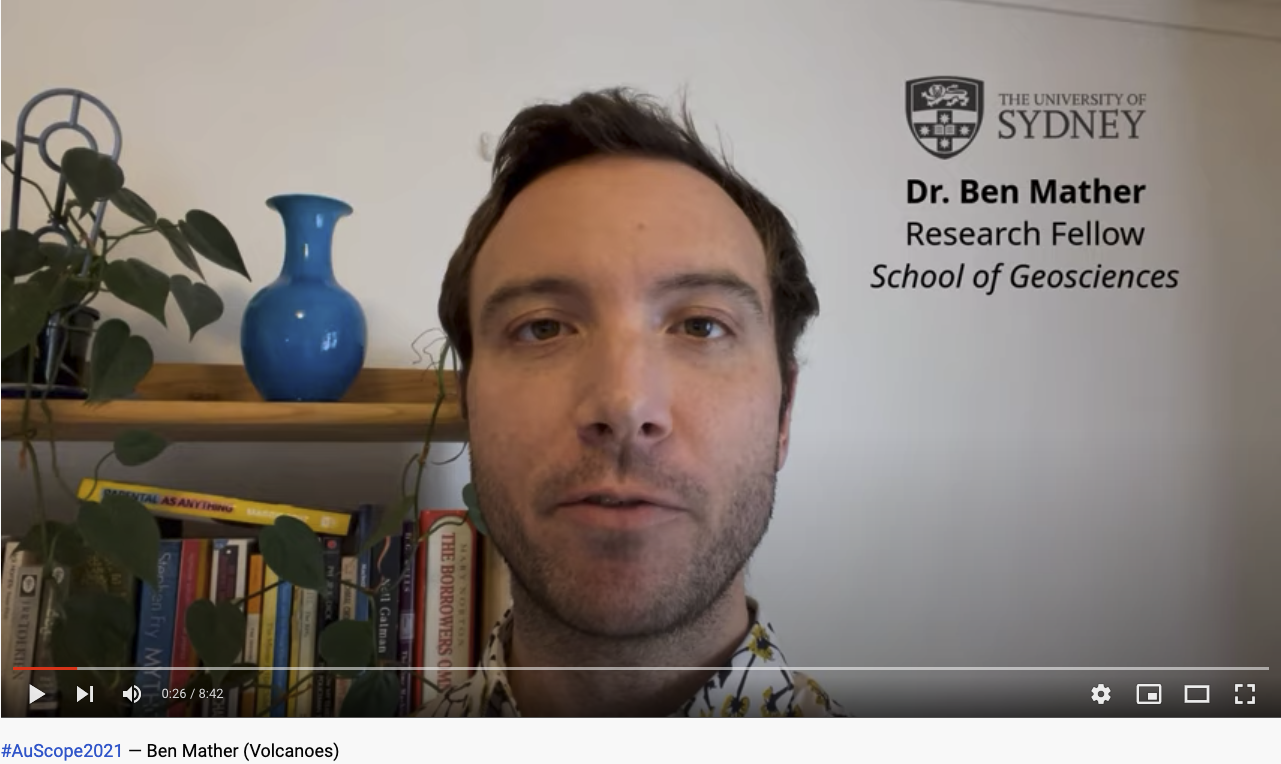Terra Nova: Brief immersion of southern Australia by change in relative plate speed
Dynamic subsidence and uplift of plates are often explained by the vertical motion of density anomalies in the mantle. Such models predict surface vertical motion rates of less than 100 m Myr−1 at long-wavelengths with a timespan of tens of Myr. However, during periods of relative sea-level stability, some of the phases of vertical motion … Read more…




